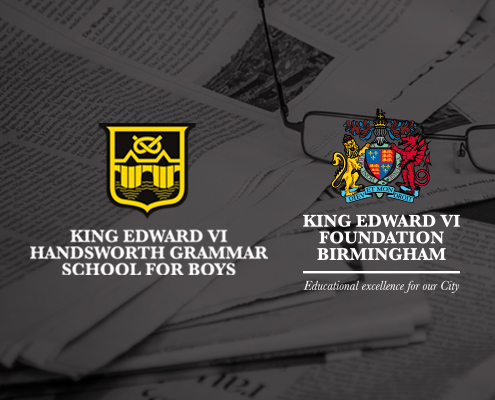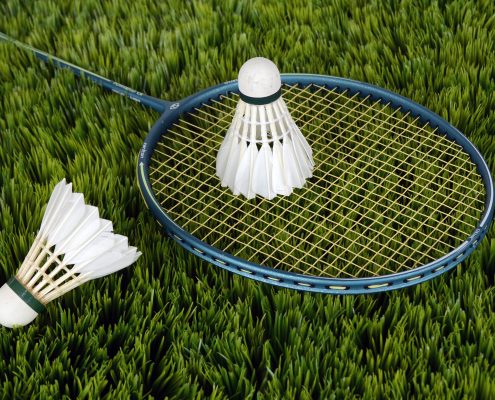Oxford Computing Challenge Success
Congratulations to thirty-nine pupils who have qualified for the Oxford University Online Computing challenge to be held in March 2020. It is an invitation only event which aims to encourage pupils who achieved a top 10% score in the recent UK Oxford Bebras Challenge to develop their computational thinking skills further. Honourable mentions go to David Akinfemiwa, Arjun Salian and Sahat Chisti who achieved best across the school scores in the elite and intermediate categories of the competition. All students will be issued with certificates sent from Professor Peter Millican of Hertford College Oxford and preparations are already advancing to ensure success in the next round!














